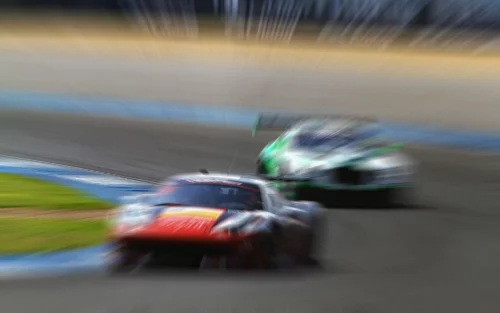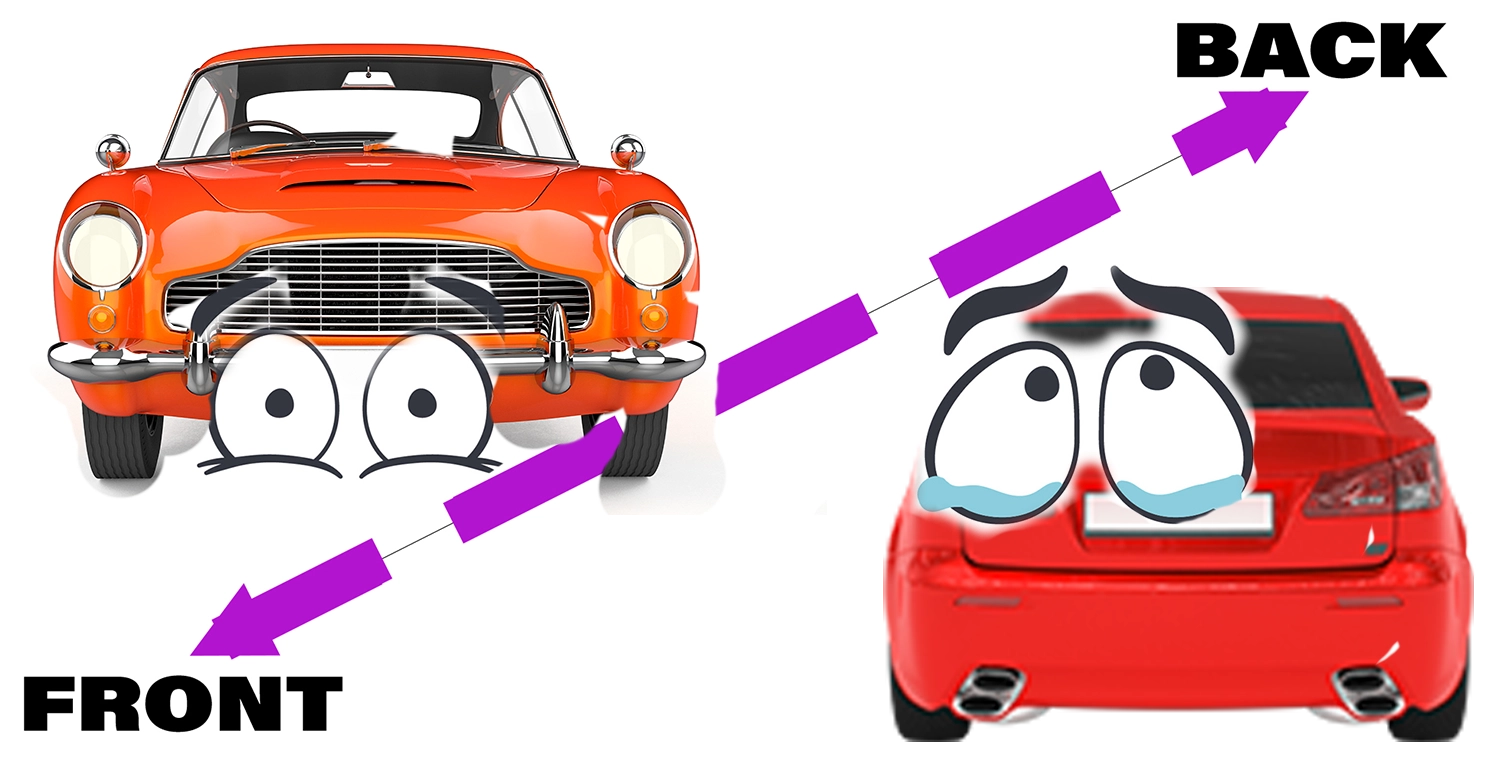Redefining Driver Education:
The Calm Approach
I believe driving isn’t just a skill—it’s a responsibility that shapes lives. My program challenges outdated methods, focusing instead on helping drivers rethink their mindset to avoid crashes, not just react to them. Through personalized, calm-centered training rooted in neuroscience and real-world experience, I teach you how to master the art of proactive, low-risk driving for life. This isn’t about passing a test — it’s about driving with confidence, clarity, and control every single day.
Why Choose Cooper’s Calm Driving School:
The Key to Safe, Confident Driving for Life
*Class 5 & Class 7 drivers only
At Cooper’s Calm Driving, we help you develop mental and emotional control, not just physical skills. Learn how to stay calm, reduce anxiety, and master the road with confidence in all situations.
With decades of experience in crash research and fleet safety, our lessons focus on long-term safety, not just passing tests. Benefit from our deep knowledge in risk management and behavioral neuroscience.
Our choice of Acura RDX SUVs isn’t just about luxury; it’s about creating a safe and comfortable learning environment. With spacious interiors, all-wheel drive, and improved visibility, you’ll have an optimal setup for mastering driving skills. Plus, learning in a taller SUV makes transitioning to smaller cars smoother and more confident.
After each session, you’ll receive personalized voice recordings summarizing your progress, strengths, and areas for improvement. We also provide custom digital content and videos to enhance your learning experience. And if you have questions between lessons, you can text us anytime for ongoing support and clarity on driving fundamentals.
If you’re struggling with driving anxiety or fear, our one-on-one coaching sessions are designed specifically to help you overcome these challenges. We offer a calm, supportive environment where you can build confidence behind the wheel, learning to handle stress and stay focused in complex driving situations. Cooper has extensive training and a proven record of helping many drivers achieve calm.
Cooper Driving School teaches the critical safety skills you need to avoid collisions and handle road hazards. Our lessons go beyond the basics, emphasizing risk management and practical strategies that prepare you for real-world driving challenges, as well as the provincial driving exam.
Our training focuses on helping drivers remain calm and in control even in heavy traffic or stressful situations. Whether you’re navigating bumper-to-bumper traffic or tricky highway merges, and teach you how to drive with a calm, single grip that ensures safety and control.
With a foundation in extensive crash research and real-world risk analysis, Cooper provides tools for understanding and managing driving risks effectively. We teach you to focus on proactive safety measures to avoid accidents.
Whether you’re a nervous beginner or an experienced driver dealing with fear after an accident, we customize our driving lessons to your needs. Our calm driving techniques help you regain confidence and stay composed behind the wheel, empowering you to drive safely in your approach to all situations.
Cooper’s role as a senior assessor for Transport Canada’s studies on distracted driving and his work in crash research give him a unique perspective on road safety. These research-backed techniques are at the core of our driving lessons, ensuring you get a comprehensive and effective learning experience.
At Cooper’s Calm Driving, passing the B.C. driving test is just one small step in the bigger picture. Our goal is to prepare you for a lifetime of safe, confident driving. We help you develop a calm, focused mindset that keeps you building towards
continued control, no matter the road conditions.
Or receive a powerful assessment and overview – pros and cons of your skills, prior to going for your class 7or class 5 test. Cooper hsa massive experience in assessments and has done in depth reseach on the required ICBC test standards. Why not get another voice in on your learning. It cannot hurt and you just may hear something that helps you pass.
Our clients, especially anxious drivers and those who have delayed learning to drive, trust us for our patience, expertise, and personalized approach. With rave reviews and proven results, we are the go-to driving school for those who may have stumbled before and now want to drive with confidence and calmness.
I’m certified with the GLP Classroom Instructor designation for B.C. and have over 13 years of experience teaching the full 30-hour Insurance Program for New Drivers in Ontario. Currently, I welcome clients of all ages who face challenges like anxiety,
fear, stress, or those who’ve struggled with traditional driving schools. However, my average client age is 30, which is a completely different experience from working with 16-year-olds in the GLP program. This work, combined with two other major
projects I’m deeply involved in, keeps me so busy that I don’t have time to run a full GLP program. While I respect the GLP framework, I believe there’s room for improvement in how it addresses learner needs, and my approach focuses more on understanding,
skill-building, and minimizing risk in ways rigid systems often overlook. Perhaps GLP will be something I revisit in the future, but for now, I truly enjoy helping my clients overcome barriers and find success in driving.
Join Todd Cooper aka COOPER and experience driving lessons designed to transform your road experience for life. Whether you’re a new driver or someone looking to overcome driving anxiety, our calm driving techniques and personalized approach will help you gain the confidence and skills needed to strive for safety, taking maximum actions to always drive at the lowest possible risk.
Latest news
See what people are saying

Cooper’s Qualifications
British Columbia Training
Ontario Safety League
Road Safety Educators Association
More
Compare this to the training driving instructors receive in B.C.
Teaching Philosophy – Good Driver
Life fills our brain with experiences and events that differ for each sibling, even when we grow up in the same house. One may think it’s a fun experience. The other may think not.
These core experiences accumulate and grow into habits as we enter adulthood, as we add new beliefs and new routines. Sometimes we repeat our old patterns over again. New habits and old habits both hold great power.
So how do we change? Improve? Learn?
Crash research repeatedly points to our cognitive abilities, our thinking as the leading cause of crashes. Your decision-making is what counts most.
► Don’t talk on a cell phone.
► Don’t drive on drugs.
► Don’t drive when tired.
But maybe there is more…


How to book a driving lesson with Cooper?
The best time to drive is TODAY, or 10 years ago…
















